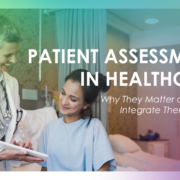
In today’s rapidly evolving healthcare landscape, technological advancements have become instrumental in improving patient engagement and ultimately leading to better health outcomes.
As technology continues to revolutionize the healthcare industry, the importance of collaborative partnerships has never been more evident. These partnerships allow healthcare providers, technology companies, and patients to combine their expertise and resources to develop and implement innovative solutions. By working together, these stakeholders can address challenges such as data interoperability, privacy concerns, and limited access to care.
Furthermore, collaborative partnerships foster a culture of continuous learning and improvement. Through shared knowledge and experiences, stakeholders can collectively identify best practices and strategies for implementing and scaling healthcare technologies. I also feel that it is worth noting this is not a new concept but rather tried and true as history often proves time and again, Rosabeth Moss Kanter summarized it well when she said “Business alliances are living systems, evolving progressively in their possibilities” which was published back in the July-August 1994 edition of Harvard Business Review; Joint Ventures, Collaborative Advantage: The Art of Alliances (hbr.org).
As with any endeavor, collaborative partnerships in healthcare technology face their fair share of challenges and barriers.
Building trust and fostering a shared vision is essential in aligning these diverse interests. By actively engaging in open and honest discussions, partners can find common ground and develop a collective understanding of the desired outcomes.
The rapidly evolving nature of technology presents a challenge in and of itself. Innovation and advancements occur seemingly overnight and require partners to be adaptable and flexible. By embracing a mindset of continuous learning and staying up to date with industry trends, collaborative partnerships can navigate the ever-changing landscape of healthcare technology successfully.
Collaboration Drives Innovation and Better Outcomes
Cross-vendor collaboration within the healthcare IT space is nothing new, however, more recently within the past few years there has been an increase in innovative solutions that are driving better outcomes and improving access to care like never before. Collaborative partnerships offer numerous benefits for the betterment of healthcare overall as it not only provides us with the ability to gain invaluable insights and understanding of the industry’s needs and pain points. But also allows us to develop solutions that are tailored to meet these specific challenges, resulting in more impactful and effective technologies.
For example, Google Cloud and MEDITECH; this collaboration enabled MEDITECH the ability to migrate more than 2,000 on-premise VMs over to Google Cloud. As a result MEDITECH is able to access more data stores, now and in the future, and can enable their customers flexibility to scale quicker, faster and at a more affordable rate, then before (MEDITECH: Designing innovative software solutions in the cloud to improve patient care). Ultimately, MEDITECHs healthcare customers can focus more on delivering quality care, that is easily accessible in a secure and compliant environment.
Another example of a successful collaboration is Nuance Communications and NVIDIA. This, state-of-the-art, partnership may not have spearheaded Artificial Intelligence (AI) into the healthcare IT space, but it would suffice to say it was the impetus that drove the AI influx moving forward. This collaboration increases data delivery times from years to months, to days from weeks and hours to minutes, which provides improved patient care and better outcomes at more affordable costs (Nuance Communications and NVIDIA Bring Medical-Imaging AI Models Directly Into Clinical Settings).
“The implementation of AI to analyze big data, especially in the area of imaging, and to develop new algorithms for medical treatment is at the heart of many emerging strategic partnerships” (Driving Innovation in Health Care Through Strategic Partnerships HBR Analytic Services).
As Nuance, Google, MEDITECH and NVIDIA prove, innovation and collaboration often arise from strong partnerships. By learning from these examples, we can gain valuable insights and further understand the vital role that collaborative partnerships play in building a thriving healthcare technology ecosystem.
While collaborative partnerships in healthcare technology have the potential to revolutionize the industry, not all partnerships are successful. To ensure a fruitful collaboration, there are key elements that both healthcare technology companies and their partners must consider. Below I have highlighted five areas that are key to the success of any partnership.
5 Key elements for successful collaborative partnerships
1.) Trust & Mutual Respect — It is important both parties demonstrate trust in each other’s capabilities and expertise. This involves being open to feedback and ideas, as well as valuing the contributions of all stakeholders. Trust builds a solid foundation for collaboration, allowing for greater innovation and shared success.
2.) Shared Vision & Goals — Alignment is crucial. It is important all parties have a clear understanding of the problem they are trying to solve and how the partnership will help achieve it. When everyone is working towards a common purpose, it fosters collaboration, creativity, and drives the project forward. Clearly defining the shared goals and expectations of all partners is essential for a successful collaboration. This includes outlining specific outcomes, milestones, and timelines. By setting these parameters from the beginning, partners can align their efforts and ensure everyone is working towards a common purpose.
3.) Open Communication — Effective communication is the cornerstone of a successful collaborative partnership. Regular and open dialogue among all stakeholders can help address misunderstandings, resolve conflicts, and promote a sense of trust. Utilizing various communication tools and platforms can facilitate seamless information sharing and collaboration. This includes establishing an agreed upon cadence of communication channels. It is important to set goals and expectations up-front as this will ensure all parties are on the same page. Effective communication ensures that everyone involved understands the project scope, timeline, and desired outcomes.
4.) Flexibility & Adaptability — Technology in general is rapidly evolving and healthcare technology is no different if not more complex as it adds the nuances of legislative mandates and shifting patient needs and expectations into the mix. Partners must be willing to adapt and adjust their strategies as new insights or challenges arise. By remaining flexible, partners can respond effectively to changes in the industry and ensure the success of their collaborative efforts. Regularly evaluating and adjusting strategies and approaches can help partners stay ahead in a dynamic industry.
5.) Celebrate & Educate — Celebrate success but also learn from failures. Recognizing and celebrating successes, both big and small, is important in maintaining motivation and morale within the partnership. Equally important is learning from failures and using them as insights to improve future endeavors. By adopting a growth mindset and leveraging both successes and failures, partners can continuously improve and evolve.
While there may be challenges and barriers to overcome, the potential benefits of collaborative partnerships in healthcare technology are undeniable. By proactively addressing these challenges and leveraging effective strategies, partners can overcome obstacles and achieve remarkable results.
About the Author:

Kristin Shores is a results-driven Strategic Partner Executive with a proven track record of cultivating and nurturing high-value partnerships that drive business growth and innovation. With over a decade of experience in the field, Kristin’s expertise lies at the intersection of relationship-building, strategic planning, and business development. As a strategic thinker, Kristin leverages her comprehensive knowledge of market trends and emerging technologies to craft innovative partnership strategies that position her organizations at the forefront of their respective industries. Her ability to adapt to evolving market landscapes and pivot with agility has been instrumental in delivering sustainable growth. Connect with Kristin on LinkedIn.
Contact Kristin to learn more about Interlace Health’s Partnership Program: kshores@interlacehealth.com


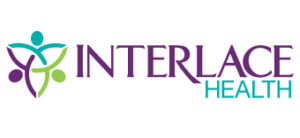









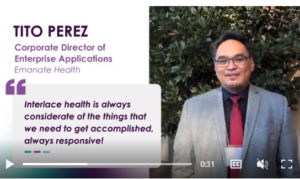
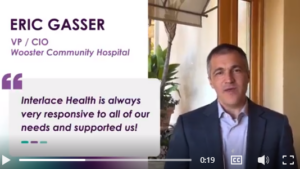
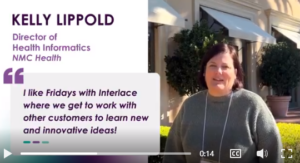
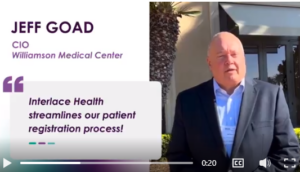
 Dessiree Paoli is the Director of Product Marketing & Strategy at
Dessiree Paoli is the Director of Product Marketing & Strategy at 